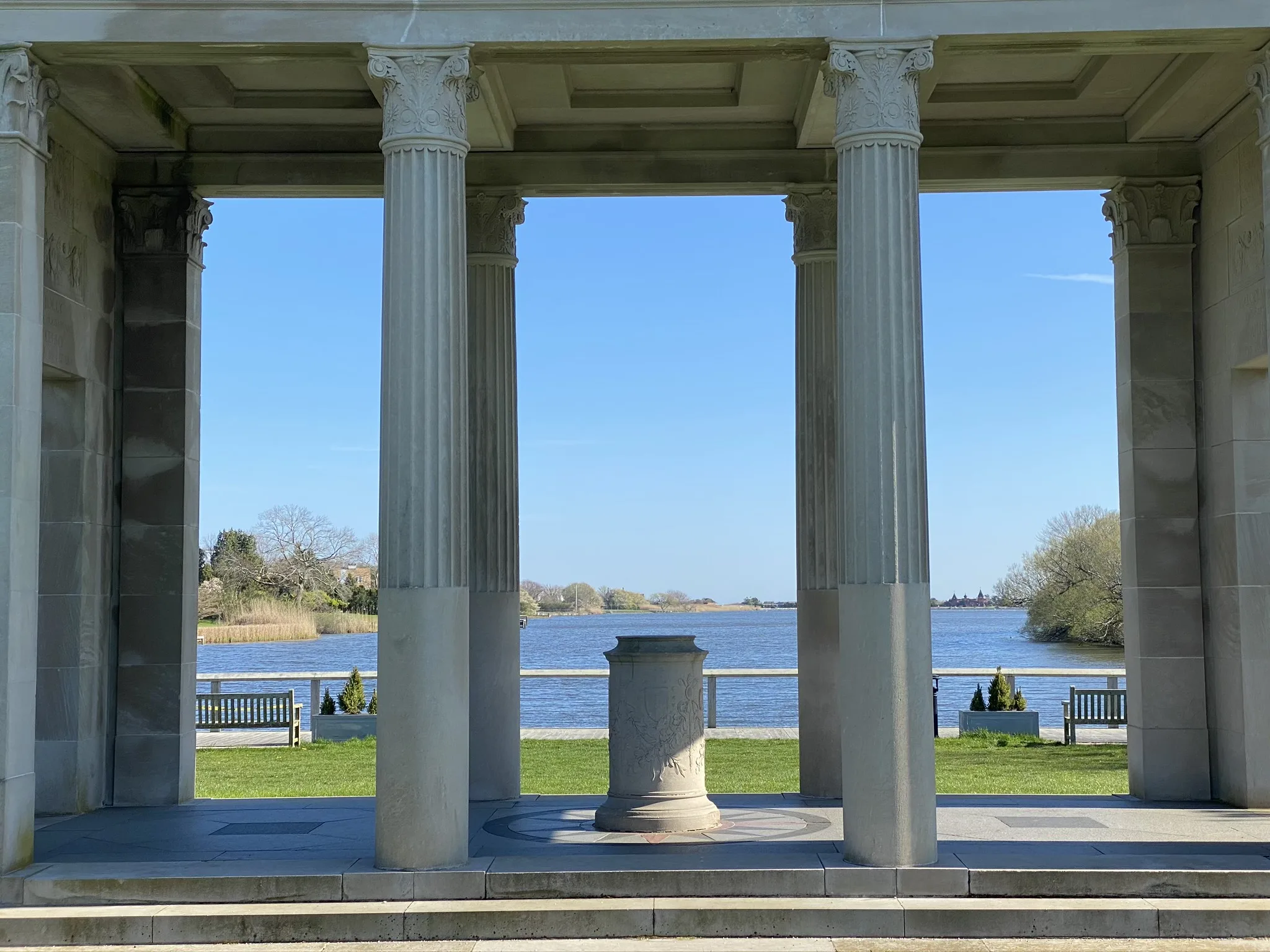Included here is a letter that was in the Southampton Press from Ann Pyne. We thought it would be of interest, given the need to protect the few remaining historical homes in the Village.
I used the word “tweaks” in a January 8 letter to the Historic Preservation and Architectural Review Board, a letter concerning proposed changes to Mocomanto, and it was the word “tweaked” that appeared on the front page of the Residence section of The Press [“Mocomanto Revised; Plans For Historic Home Tweaked,” Residence, January 11].
In my letter I wrote: “I have concluded there may be confusion as to the difference between two different kinds of incremental, non-character-effecting changes, both of which I will refer to as ‘tweaks’ (making fine adjustments to).”
One kind of tweak, I explained, refers to small changes to an historic structure— changes that might, among other adjustments, expand the mass of an historic structure by 5 to 10 percent.
The other kind of tweak I also explained. These refer to small changes (the ones referred to in The Press’s headline) pertaining not to the historic structure itself but to the structure as proposed by the developer. They are tweaks that reduce, for example, proposed mass by 5 or 10 percent (in the case of Mocomanto, 3 percent)—when the overall expansion requested by the developer totals 50 percent and upwards (in this case, 77 percent) of the existing historic structure.
To clarify, I wrote: “The kind of tweaks an Historic Preservation Board ought to consider are those that are intended to retain the historic character of an existing historic structure. The kind that such a board must reject are those that are intended to retain the developer’s vision—when that vision is to increase the mass of the structure in question such that it destroys the value of the structure as the historic artifact it was identified and valued as.”
I continued: “If members of our Historic Preservation Board are in doubt about, or aesthetically confused about, the extent of change that will destroy an historic structure, they should, as sworn-in historic preservationists, weigh-in on the side of historic preservation. Because the duty of members of an historic preservation board is not to balance between the desires of an individual property owner and historic preservation but to be 100 percent historic preservationists in desire and commitment.”
I finished my letter in an obvious way: “The Board should deny the current plans for changes to Mocomanto.”
But in addressing The Press’s larger audience, I ask two questions:
First, how has our review board gotten to the point of reducing its mandated role as the historic preservation enforcer of our village to the extent that it is satisfied making mere tweaks to blatantly inappropriate proposals? Second, could not a tweak by the mayor or trustees to either the makeup of the review board, or to the language of its code, remedy this situation?
Ann Pyne, Southampton






